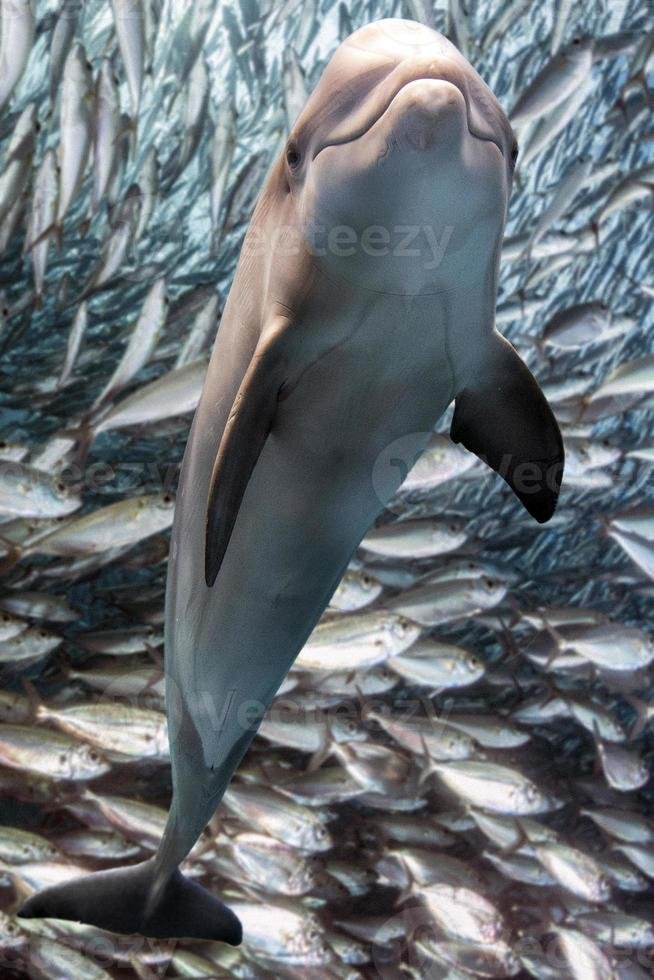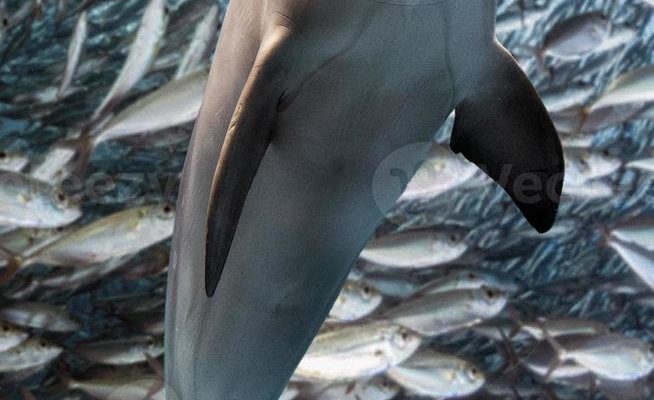
Imagine swimming alongside these tiny fish, navigating through the waves like a school of synchronized swimmers. They dart and weave in perfect harmony, showing that there’s more to their behavior than meets the eye. So, what exactly makes sardines so special? Let me explain how their physical characteristics and social behaviors contribute to their success in the ocean.
One of the first things you might notice about sardines is their sleek, streamlined bodies. This design isn’t just for show; it’s all about efficiency. A sardine’s body shape allows it to glide easily through water, cutting down on resistance. This means they can move quickly when they need to escape a predator.
Think of a sardine like a bullet train on tracks, where every part of it is engineered to move fast and smoothly. Their bodies are generally small and torpedo-shaped, which is perfect for fast swimming over long distances. This speed is crucial in the vast ocean, where danger can lurk at every corner. Sardines can reach speeds of up to 2.5 meters per second, helping them dodge larger fish, seals, and other predators that think they can make a meal out of them.
You might be wondering why sardines are often seen in large schools, sometimes numbering in the millions. This is more than just a social activity—it’s a survival strategy. By swimming in a dense group, sardines reduce their chances of being singled out by predators.
Imagine a flock of birds suddenly taking off together. The sheer volume confuses any potential hunters. In a similar way, sardines benefit from the chaos of the school, where individual fish can quickly change direction, creating a moving target that’s hard for predators to pin down. Additionally, this behavior increases their chances of finding food, as they can cover more ground and help each other locate schools of plankton or smaller fish.
For fish, breathing isn’t as simple as taking a deep breath. Sardines have gills specially adapted for efficient breathing underwater. These gills allow them to extract oxygen from the water while simultaneously expelling carbon dioxide.
Here’s the thing: the more oxygen a fish can absorb, the more energy it has for swimming and escaping predators. Sardines have a large surface area in their gills, which maximizes their oxygen intake. This is like having a bigger sponge to soak up water. As they swim through oxygen-rich waters, they can maintain their energy levels, allowing them to be as active as they need to be.
Another fascinating adaptation lies in sardines’ eyesight. Their eyes are relatively large compared to their body size, designed to help them detect movement in their surroundings. This acute sense is crucial for spotting predators from afar—kind of like having a built-in security system.
Sardines have a unique layer of tissue behind their retinas called the tapetum lucidum. This reflects light that passes through the retina back into the eye, allowing them to see better in murky conditions. Imagine being able to see in the dark; this adaptation helps sardines navigate through deeper waters where sunlight doesn’t reach. It also helps them find food and avoid becoming someone else’s dinner.
Sardines have flexible fins that play a key role in their swimming agility. These fins allow them to make quick turns and sudden stops, which is essential for evading predators. Think of a skilled driver maneuvering through traffic—it’s all about making sharp and precise movements.
Their tail fin, or caudal fin, is particularly powerful. When they flick it, they can propel themselves forward with remarkable speed. This flexibility isn’t just about escaping predators, though—it also helps sardines in their hunt for food. When they are trying to catch drifting plankton, those quick movements make all the difference.
Sardines are masters of disguise, utilizing their body coloration to blend into their surroundings. Their silvery sides and darker backs help them camouflage effectively in the ocean water. This adaptation is crucial for avoiding predators lurking above or below them.
Think of it like wearing the perfect outfit to blend into a crowd. When viewed from above, the dark back blends in with the ocean floor; when viewed from below, the silver sides match the shimmering surface. This kind of camouflage can be a lifesaver, letting sardines swim freely without always worrying about being targeted.
Sardines are filter feeders, which is a fascinating way to look at their feeding strategy. They have specialized gill rakers that help them capture tiny food items like plankton as water flows over their gills.
This feeding method is like having a built-in net that catches food while they swim. As they gulp water, the rakers trap food particles, allowing the sardines to eat without expending too much energy. This adaptation is essential, especially in areas rich in plankton, where they can thrive while simply swimming around.
One of the most remarkable features of sardines is their ability to adapt to changing environmental conditions. Whether it’s variations in water temperature or salinity, sardines have shown resilience that allows them to thrive in many locations worldwide.
Their adaptability enables them to locate new feeding grounds and migrate to areas where conditions are more favorable. This trait is pivotal for their survival, especially when faced with predators or changes in their ecosystem, ensuring they remain a significant part of the ocean’s food web.
In conclusion, sardines are much more than just a snack. Their unique adaptations—from their streamlined bodies to their schooling behavior—make them well-suited for life underwater. These little fish teach us a lot about survival and adaptability in a constantly changing environment. So, the next time you see sardines, whether fresh at the market or in a can, remember that there’s a whole world of fascinating adaptations that help them thrive in the ocean. You might even find yourself looking at them with newfound respect!

